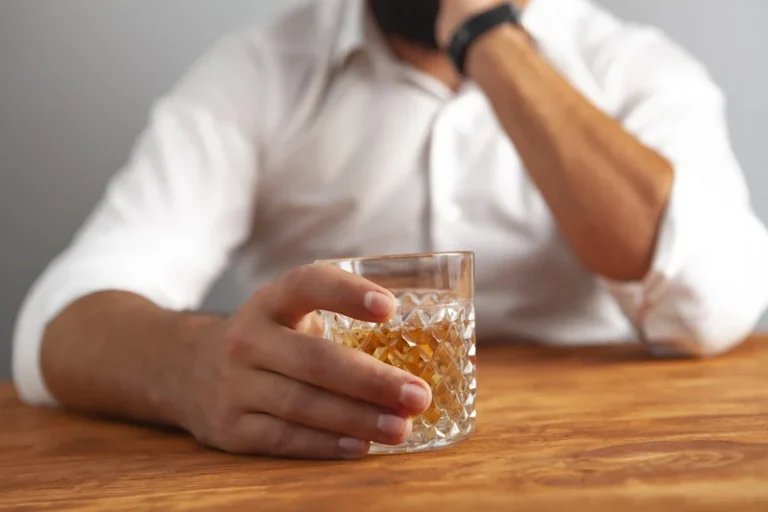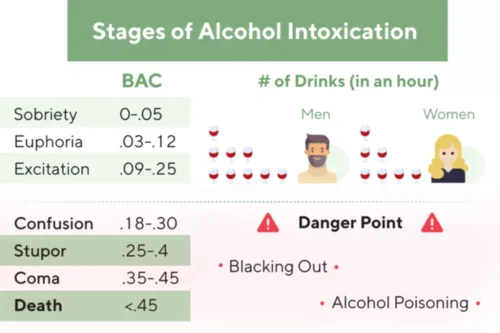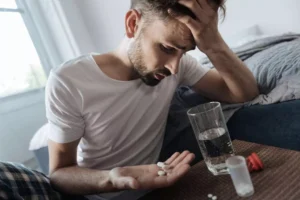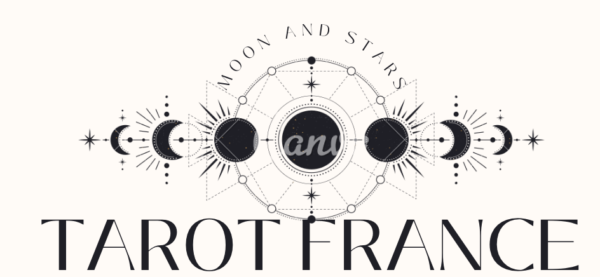
Engaging in expressive arts can be a transformative experience for individuals in substance abuse recovery. Creative activities provide a non-verbal outlet for emotions and enable participants to explore their inner world in a safe and supportive environment. By combining individual and group therapy, individuals receive a comprehensive and holistic approach to their recovery. The individual therapy sessions allow for deep introspection and personal growth, while the group therapy sessions provide a supportive community and valuable insights from peers. Together, these two modalities work hand in hand to address the multifaceted nature of substance abuse and promote long-term recovery.
Alternative Sober Activities
It is estimated that approximately 40 to 60 percent of individuals experience relapse during their recovery journey. This statistic highlights the persistent nature of addiction as a chronic condition. Group therapy sessions focusing on relapse prevention equip individuals with the skills and mindset needed to overcome setbacks.
- We want our readers to share their views and exchange ideas and facts in a safe space.
- Please note that Two Dreams utilizes process groups as opposed to theme/support groups.
- If you feel that any of our content is inaccurate, out-of-date, or otherwise questionable, please contact at
- As participants engage in the artistic process, they often uncover hidden strengths and develop a sense of empowerment.
New Study Questions the Effectiveness of Current Stalking Offender Treatment Programmes
Triggers are people, places, feelings, or other things that make you want to abuse drugs. Those who received weekly injections of liraglutide over 52 weeks also had an 18 percent slower decline in cognitive function after a year compared to those who got the placebo. Obesity is a known risk factor for developing Alzheimer’s disease, but the study didn’t specifically include people with obesity, which suggests that the drug is helping through another means. Scientists are still trying to understand the other knock-on effects of these drugs, including the cardiovascular benefits. One explanation is that GLP-1 receptors also exist on cells in the heart, blood vessels, liver, and kidney, so these drugs may act directly on these organs. “It turns out that these receptors are present in many parts of the body,” says Katherine Tuttle, a clinical professor of nephrology at the University of Washington School of Medicine.
- The act of creating art provides a safe space for self-reflection and emotional release.
- Anticipating challenges is the first step to effectively preventing and managing them.
- Individual therapy allows individuals to delve deep into their personal struggles and work through underlying issues that may contribute to substance abuse.
Problem-Solving Activity To Manage Triggers

About half of the participants took a weekly injection of semaglutide while the other half got a placebo shot. After an average of three and a half years, the semaglutide group had a 24 percent lower likelihood of having a major kidney disease event—such as needing dialysis or a kidney transplant. The Age of Ozempic is a WIRED special series exploring a transformative generation of weight-loss drugs. Some people can’t stop overworking on their own and need outside help.
- This will allow others to see what each individual has created and learn from their experiences.
- The ideas and activities for substance abuse group therapy that are used will have an impact on the benefits that our clients have.
- Other goals of group therapy include gaining inspiration through the recovery of others, self-identifying as a recovering addicting, and examining core values.
- Professional associations, such as the American Group Psychotherapy Association, have developed best practice guidelines based on scientific data and clinical research.
- The individual therapy sessions allow for deep introspection and personal growth, while the group therapy sessions provide a supportive community and valuable insights from peers.
- We also offer psychoeducation groups on a specific topic related to addiction or mental health.

Research has found that using creative art in group therapy may create an increase in self-worth and social connectedness. Icebreakers can be essential building blocks for successful group discussion and interaction.Icebreakers are used when a group has come together for a specific purpose. There are several mindful balloon activities, but one of the easiest is the ‘balloon hacky sack.’ To play, you only have to sit in a circle and keep the balloon from touching the ground.
- The first person creates a simple beat, and the rest of the group follows suit, repeating the pattern and adding their embellishments.
- Randomly assign locks to half of the group and keys to the other half.
- A trust-building icebreaker is used when bonding or building relationships is required of group members.
- Trust allows individuals to open up and share their deepest fears and insecurities without fear of judgment.
- This helpline is answered by Legacy Healing Center, an addiction treatment provider with treatment facilities in California, Florida, Ohio, and New Jersey.
- Leave space in your schedule to spend time with friends and loved ones.
What Are Peer Recovery Groups?
Clients are not always willing therapy participants; some are court-ordered to attend or there to have privileges restored. Some attendees may be there “voluntarily,” but only to save their marriage or keep a job, not believing they need help. In residential treatment, clients attend mandatory groups as part of the daily schedule. Once their original paper is returned to them, they can read and share with the group. This can lead to a powerful discussion about image, reputation, feeling fake, etc.


Trust allows individuals to open up and share their deepest fears and insecurities without fear of judgment. It creates a sense of safety and security, enabling participants to explore their emotions and vulnerabilities in a supportive environment. Trust also fosters a sense of camaraderie and connection among group members, which can be incredibly powerful in the recovery process. The success of group therapy group ideas for addiction recovery lies in its ability to create a safe and inclusive space where participants feel comfortable expressing themselves and exploring their emotions. Group dynamics, such as trust, respect, and confidentiality, are essential ingredients in fostering a supportive environment. Group members learn to provide support and hold each other accountable, ultimately helping each other navigate the challenges of recovery.
